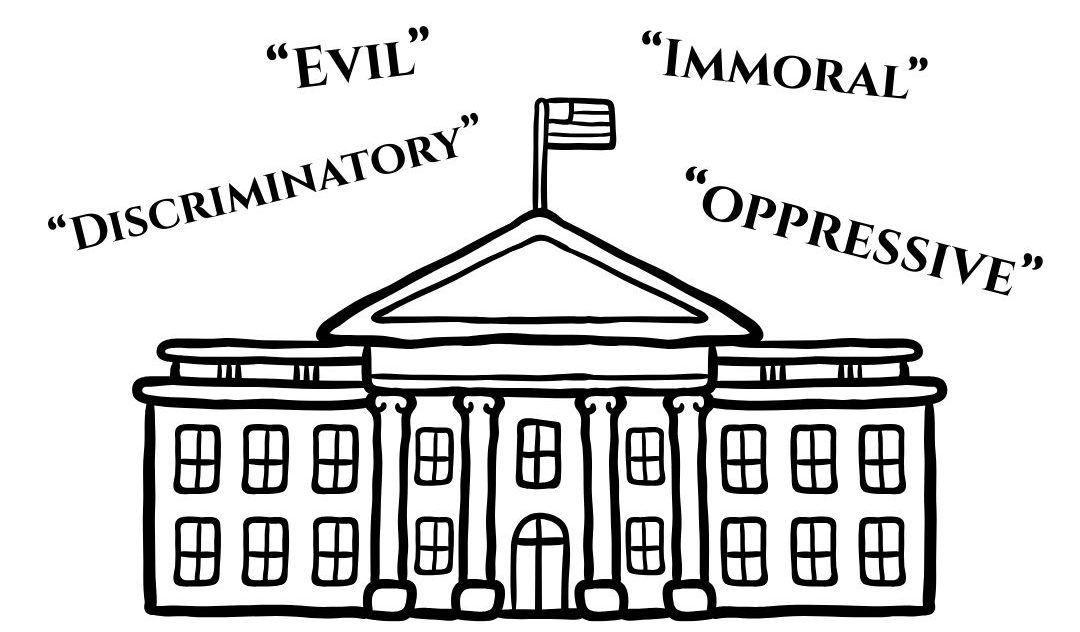Eastern students share thoughts on fake news
April 1, 2019
Eastern students shared their varying definitions and thoughts on fake news—a controversial topic of discussion and reflection on modern media.
According to the Cambridge Dictionary, “Fake news articles are false stories that appear to be news, spread on the Internet or using other media, usually created to influence political views or as a joke.”
Some Eastern students said they believe certain news organizations push agendas via publishing or broadcasting fake news.
“I think fake news is information presented as factual but not. A lot of news stations have been seen to do this in the past because they want to push viewers to what they think is the ‘right’ view of the topic,” said Miranda Martinez, a freshman majoring in communication disorders and sciences.
Olivia Craig, a freshman majoring in elementary education, said exaggerated information and one-sided stories are clear indicators of fake news.
“Fake news is news that tries to influence or sway people away from their options by being informed with false information or information that is highly exaggerated and does not show both sides to the story,” Craig said.
Jordan Holmes, a sophomore majoring in criminology said, credibility is key to separating news from fake news.
“Fake is when a news organization has information and it doesn’t have credible or reliable information,” he said.
He said being able to tell the difference between fake news and real news can also be a challenge.
Shannon Slaughter, a freshman majoring in criminal justice, said there is a clear intent to mislead the public when an organization publishes fake news.
“Basically fake news are stories created to misinform, confuse and influence the public view of something. They can be used in order to push the agenda,” Slaughter said.
While distributing fake news can lead to some real consequences, Eastern students shared the struggles and challenges to deciphering what is fake news and what is not.
Victoria Jackson, a student majoring in human series program and leadership, said unfortunately, she does not see a clear end to the distribution of fake news.
“As much as people should not write and publish fake news, there is no way to stop them; people should just be aware of it and read carefully to identify the false information,” she said.
According to the Poynter Institute, fake news organizations are still publishing false information often, even the ones that get “debunked” the most.
“One of the most frequently debunked fake news publishers on Facebook is still getting past the platform fact-checking system – and its’s doing it by using the simplest tricks,” according to Poynter Institute.
Poynter Institute’s Daniel Funke said college students are having more trouble determining what is and is not fake news.
“Almost half of the nearly 6,000 American college students surveyed said they lacked confidence in discerning real from fake news on social media. And 36 percent of them said the threat of misinformation made them trust media less,” Funke said in the Poynter article.
Imani Tapley can be reached at 581-2812 or at istapley@eiu.edu.



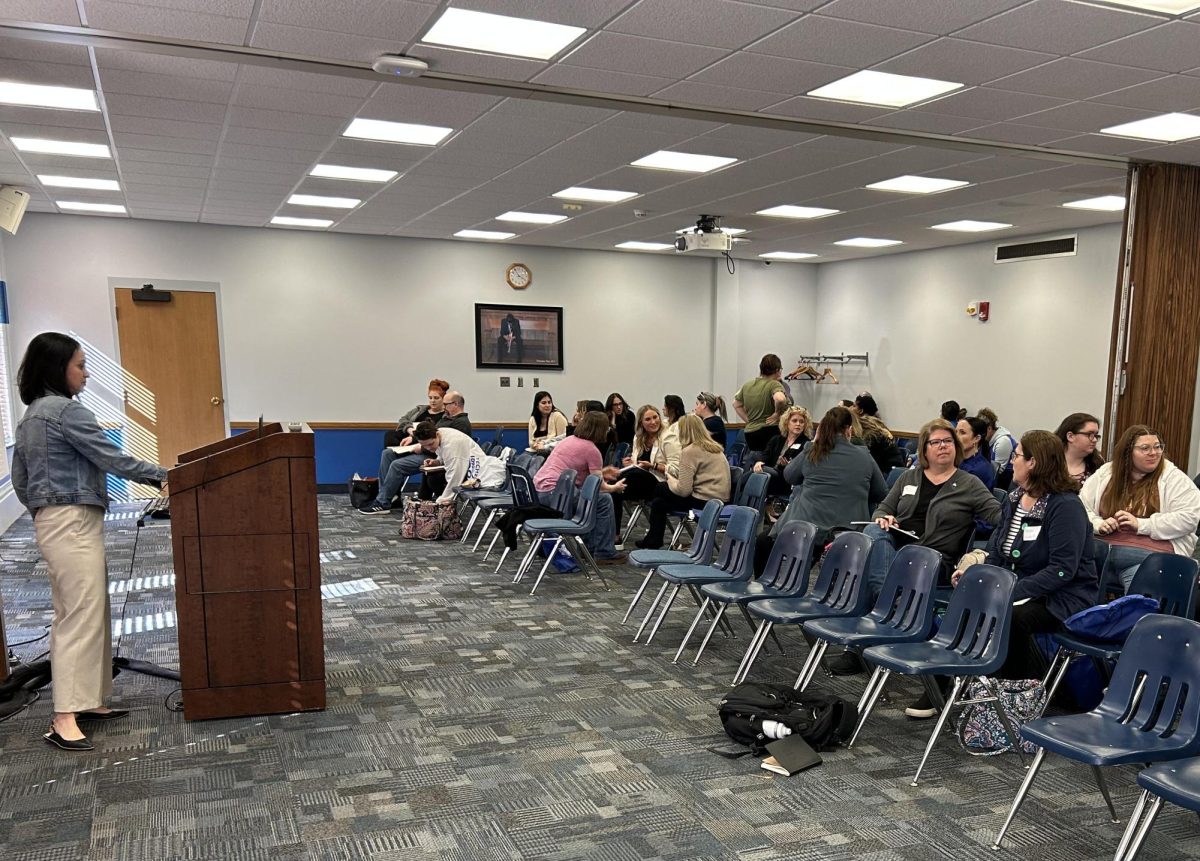

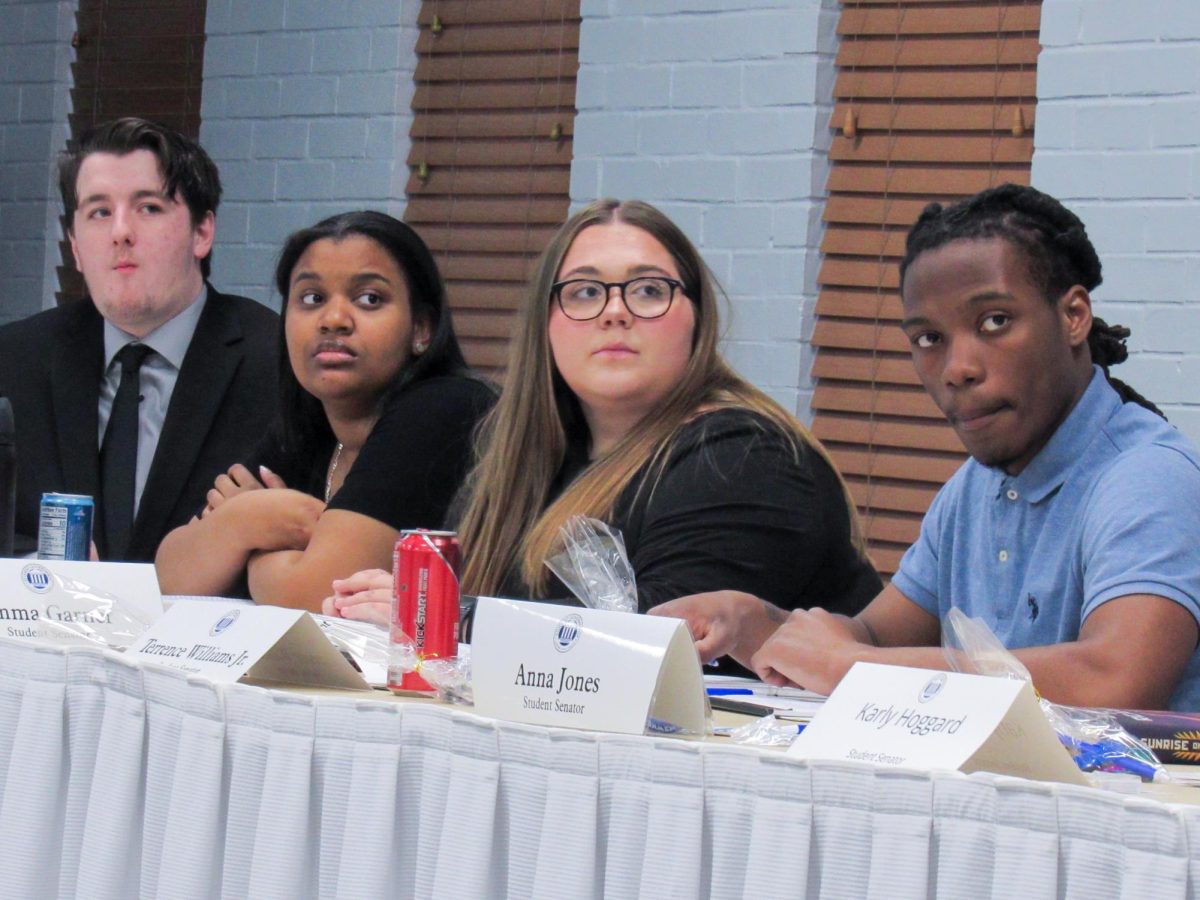



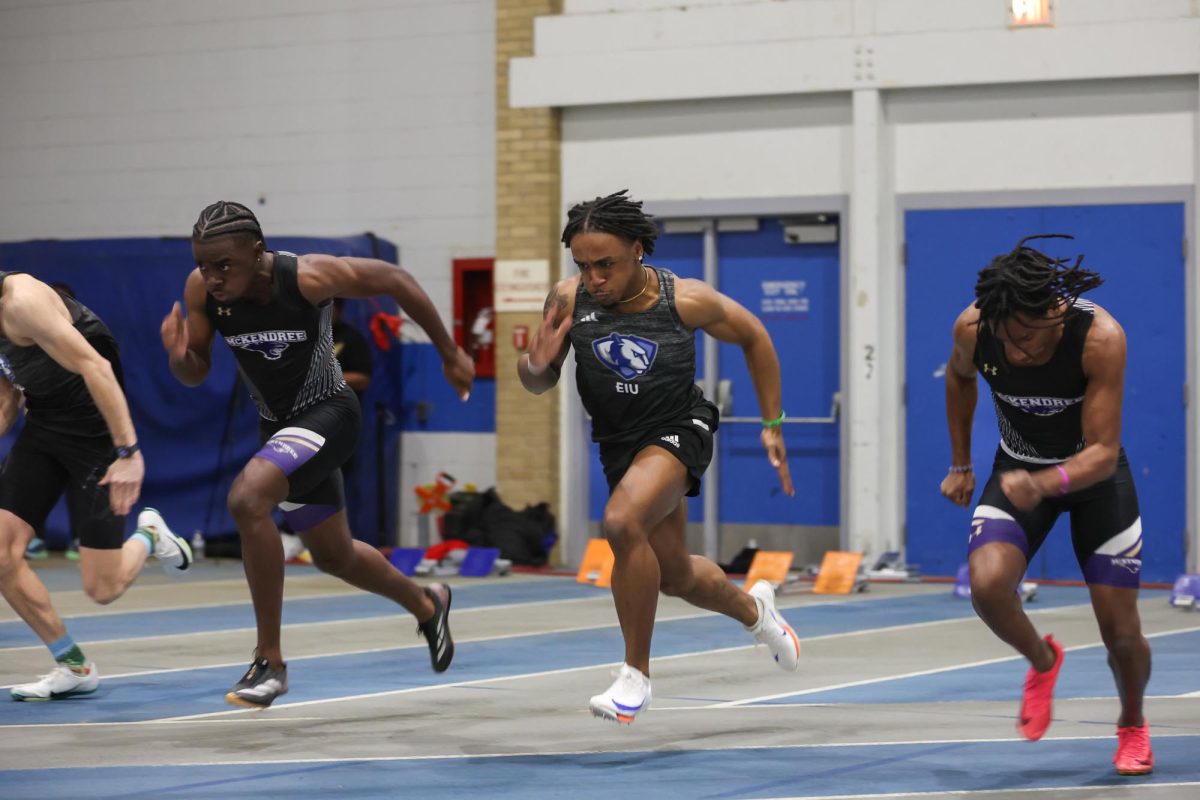
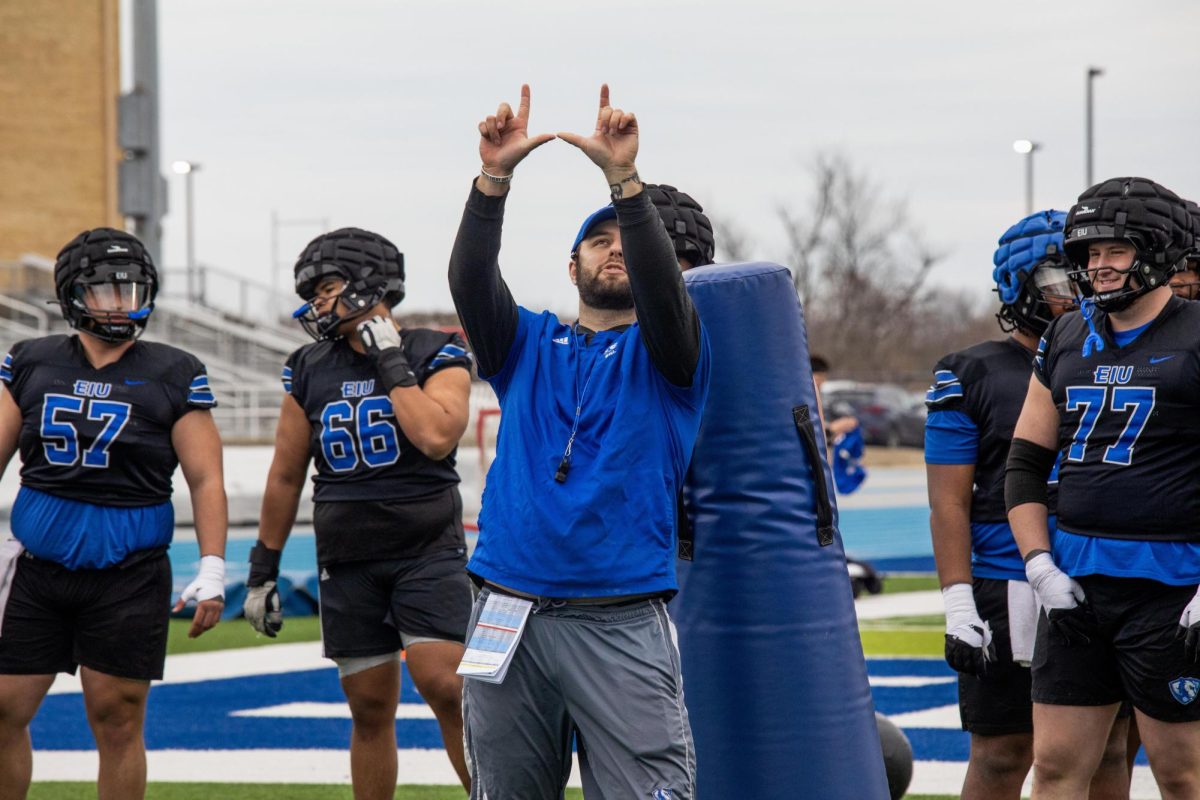

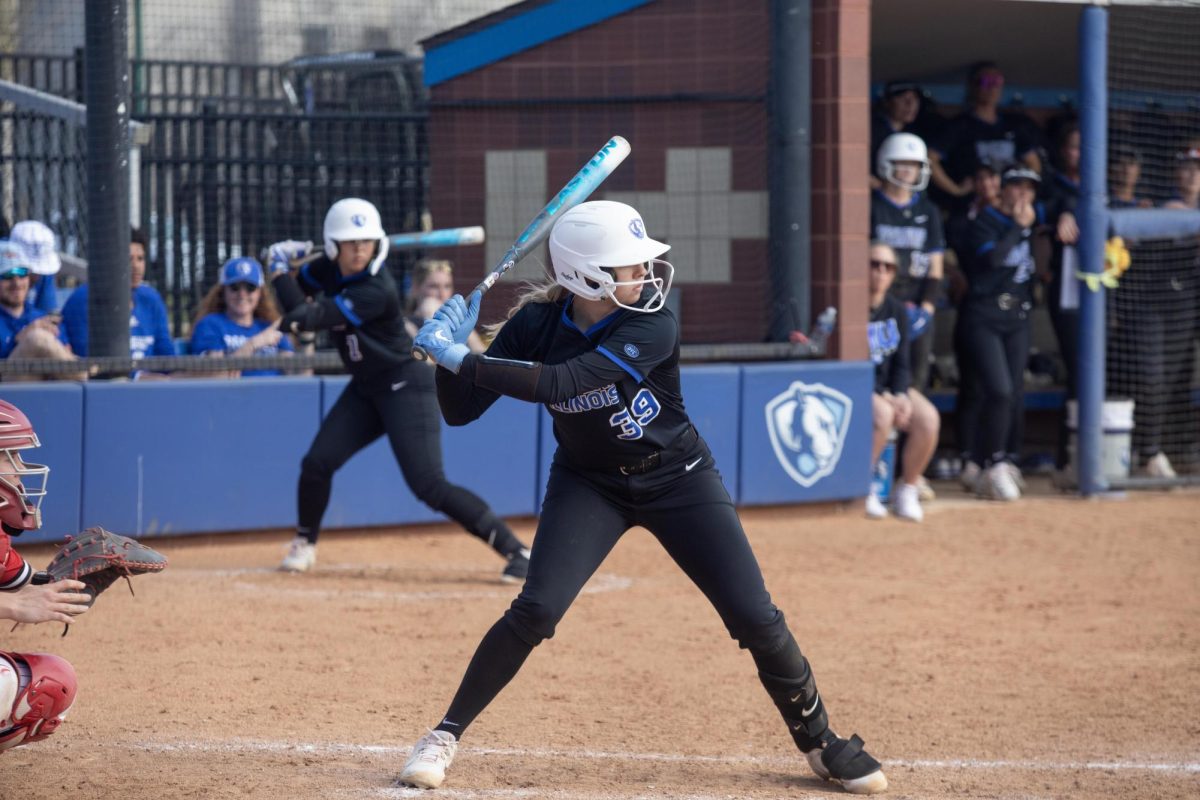
![[Thumbnail Edition] Junior right-handed Pitcher Lukas Touma catches at the game against Bradley University Tuesday](https://www.dailyeasternnews.com/wp-content/uploads/2025/03/MBSN_14_O-e1743293284377-1200x670.jpg)
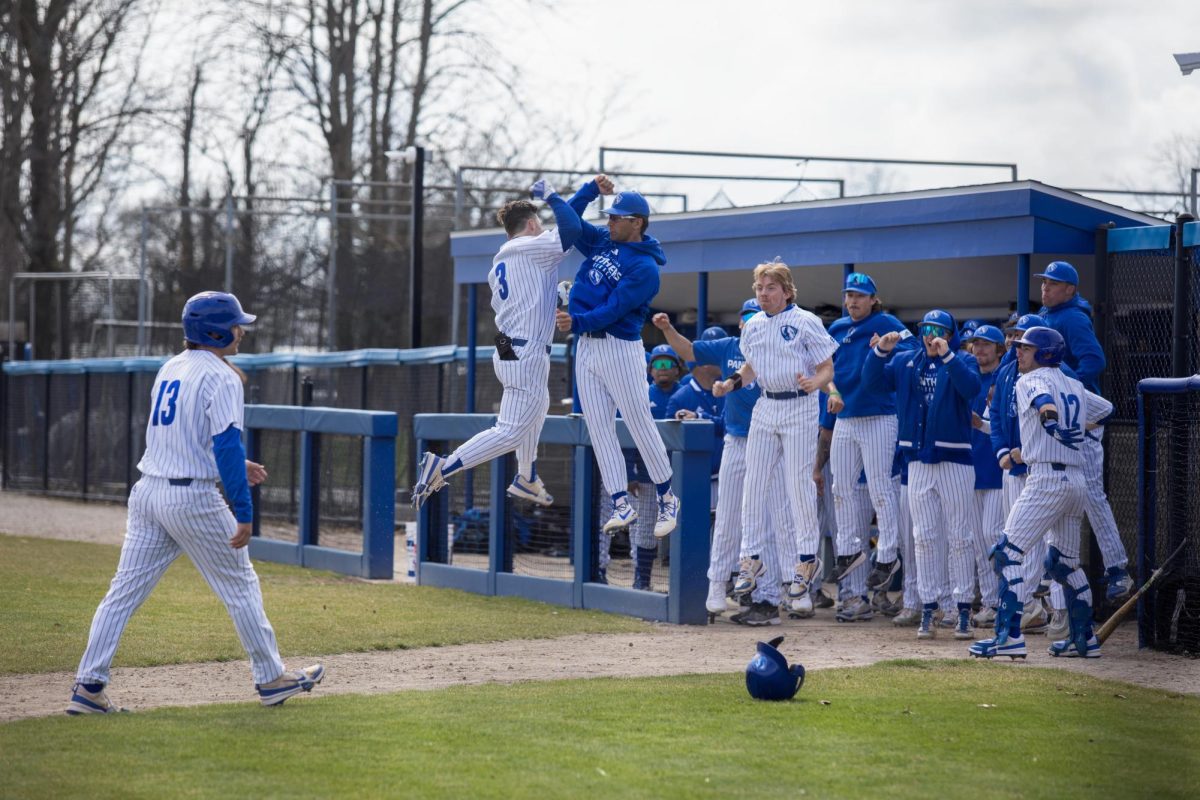
![[Thumbnail Edition] Senior Foward Macy McGlone, getsw the ball and gets the point during the first half of the game aginst Western Illinois University,, Eastern Illinois University Lost to Western Illinois University Thursday March 6 20205, 78-75 EIU lost making it the end of their season](https://www.dailyeasternnews.com/wp-content/uploads/2025/03/WBB_OVC_03_O-1-e1743361637111-1200x614.jpg)





















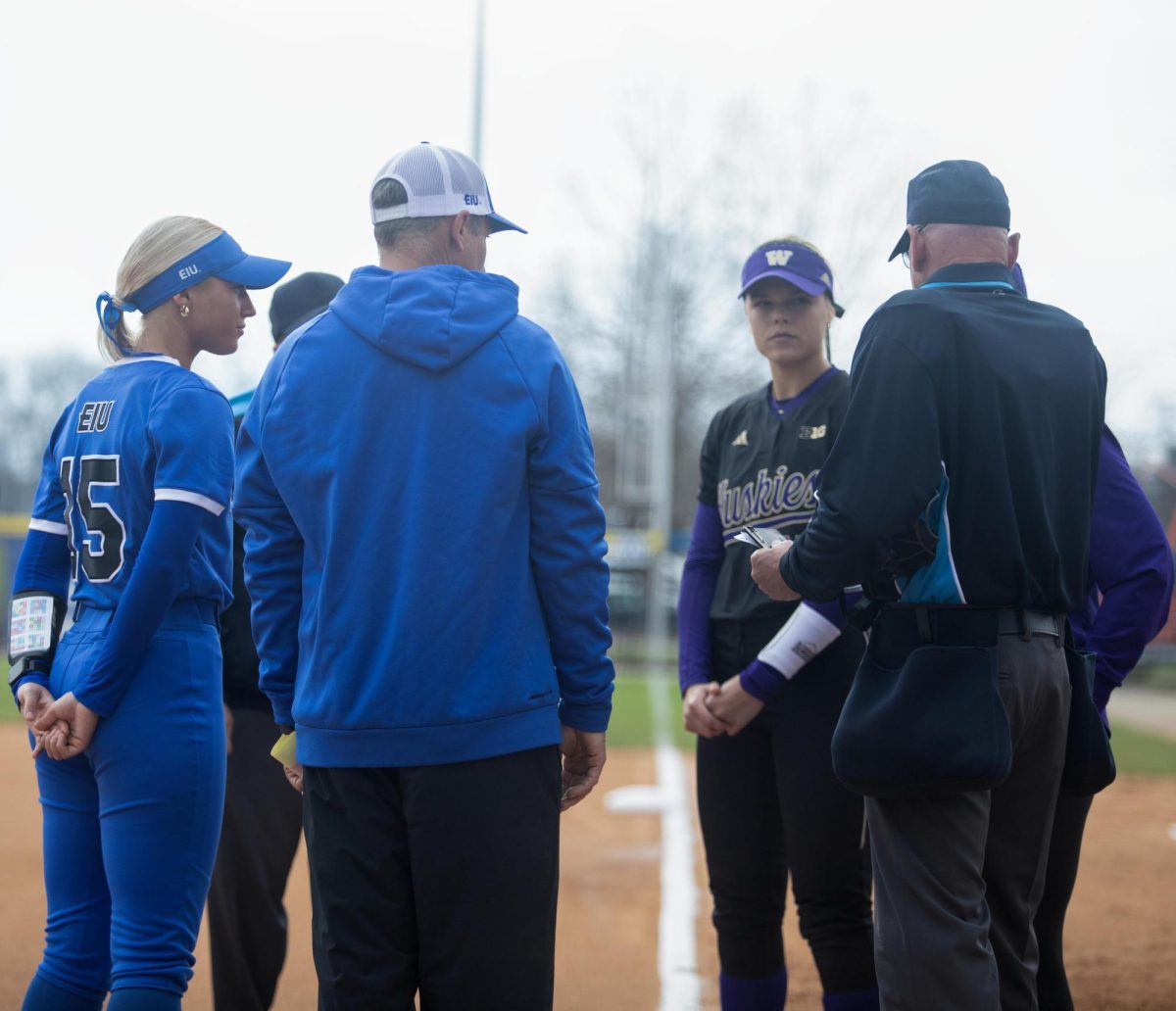
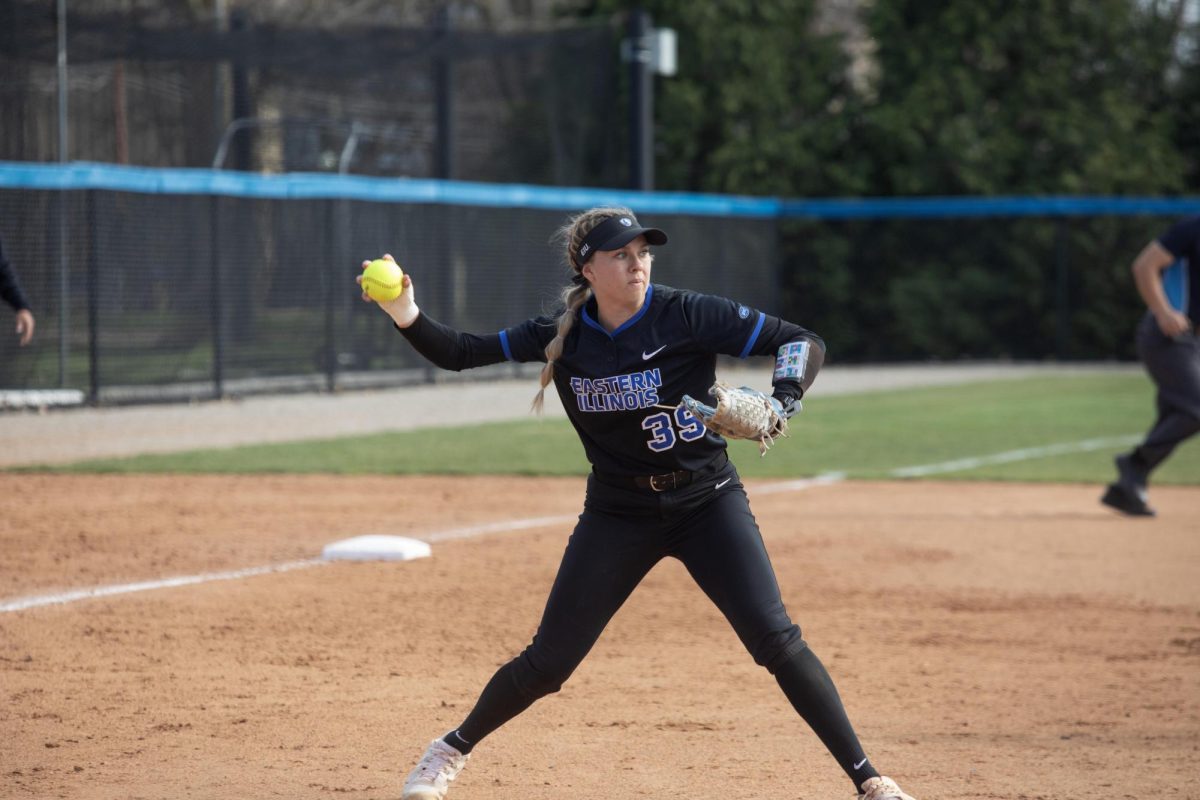
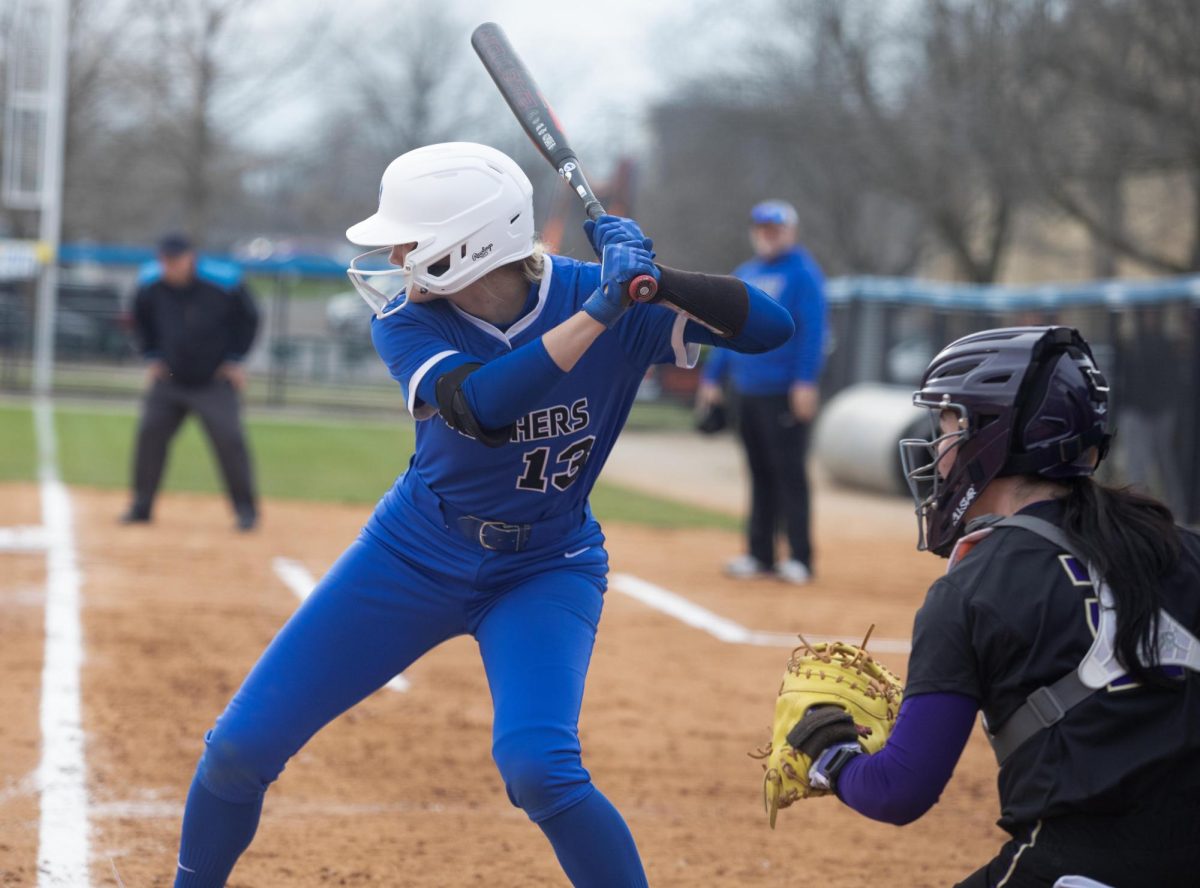














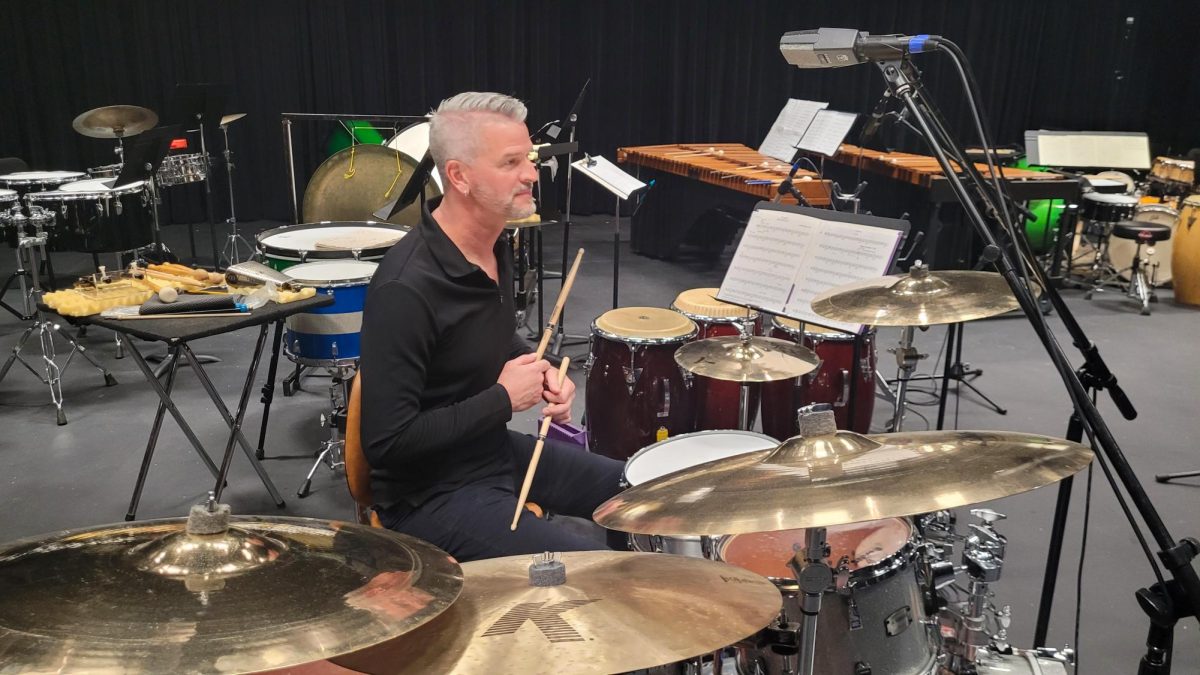
![The Weeklings lead guitarist John Merjave [Left] and guitarist Bob Burger [Right] perform "I Am the Walrus" at The Weeklings Beatles Bash concert in the Dvorak Concert Hall on Saturday.](https://www.dailyeasternnews.com/wp-content/uploads/2025/03/WL_01_O-1200x900.jpg)
![The team listens as its captain Patience Cox [Number 25] lectures to them about what's appropriate to talk about through practice during "The Wolves" on Thursday, March 6, in the Black Box Theatre in the Doudna Fine Arts Center in Charleston, Ill.](https://www.dailyeasternnews.com/wp-content/uploads/2025/03/WolvesPre-12-1200x800.jpg)

